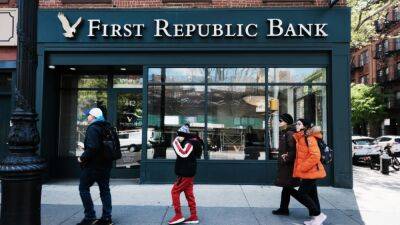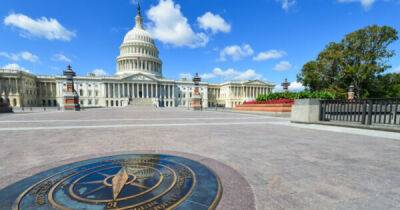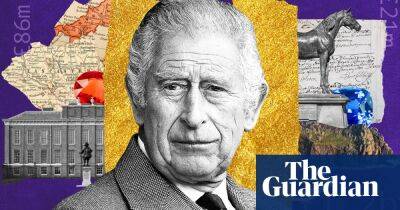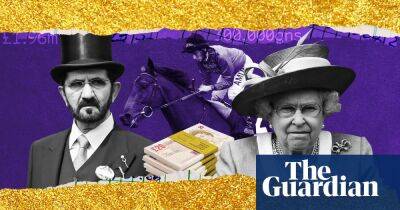Revealed: royals took more than £1bn income from controversial estates
King Charles and the late Queen Elizabeth II have received payments equivalent to more than £1bn from two land and property estates that are at the centre of a centuries-old debate over whether their profits should be given to the public instead.
An investigation by the Guardian has established the full scale of income extracted by the royals from the duchies of Lancaster and Cornwall, which run giant portfolios of land and property across England.
The duchies operate as professionally run real estate empires that manage swathes of farmland, hotels, medieval castles, offices, shops and some of London’s prime luxury real estate. They also have substantial investment portfolios, but pay no corporation tax or capital gains tax.
Duchy accounts, held in parliamentary and state archives, reveal how the queen and her first-born son, in his capacity as the Duke of Cornwall, benefited from a huge increase in their revenues from the duchies during her seven-decade reign.
What is Cost of the crown?
Cost of the crown is an investigation into royal wealth and finances. The series, published ahead of the coronation of King Charles III, is seeking to overcome centuries of secrecy to better understand how the royal family is funded, the extent to which individual members have profited from their public roles, and the dubious origins of some of their wealth. The Guardian believes it is in the public interest to clarify what can legitimately be called private wealth, what belongs to the British people, and what, as so often is the case, straddles the two.
• Read more about the investigation
Last year, their duchy income totalled £41.8m. Adjusting for inflation, the pair have received the equivalent of more than £1.2bn in total revenues from the
Read more on theguardian.com












